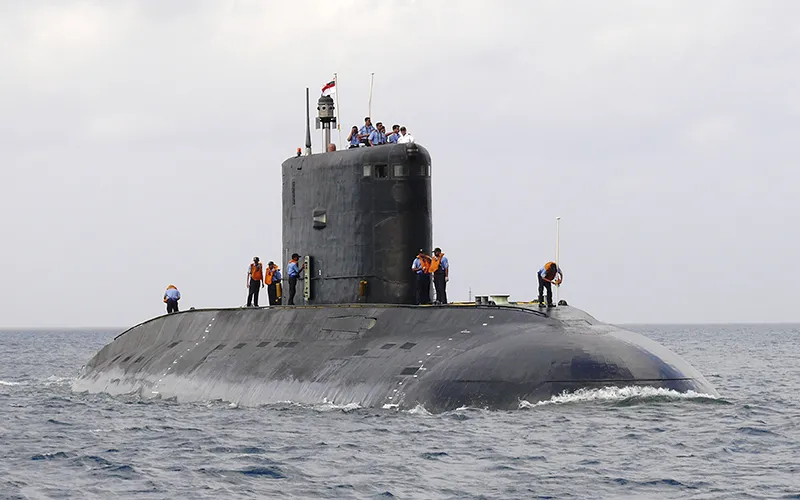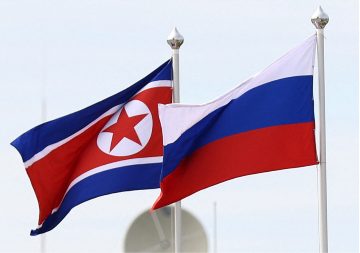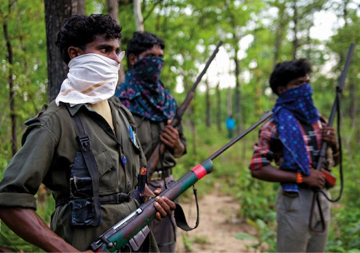The news on India's Naval underwater capability is grim. Requiring at least 30 submarines to fulfil its commitments, the Navy currently has only 13 subs - that too fairly old diesel electric conventional submarines . Shockingly, only half of the strength is operational at any given time. Along with these, there is Chakra, an Akula II class nuclear powered attack submarine, currently on lease from Russia which has no long range weaponry. The current lot of boats are all around 20-27 years old even though the normal prescribed life for such boats is only around 25 years.
While the ten Kilo-class (Sindhughosh class) Russian submarines in the Indian inventory were purchased between 1985 and 2000, the German Howaldtswerke-Deutsche Werft (HDW) Type 209 boats were purchased between 1986-94 and served the nation well despite the initial controversy of corruption.
In July 1999, the Cabinet Committee on Security (CCS) approved the Navy's 30-year submarine building plan which was the only way to overcome the growing obsolescence and depletion of inventory. The plan envisaged constructing 12 new boats with foreign collaboration by 2012 while another 12 were to built using indigenous design parameters. However, in the 15 years since approval, no new submarine has been inducted. The plan went awry and was dogged by delays which started with the approval for the Scorpene submarine deal. This was partly due to the dilution of infrastructure built for the HDW submarine construction which was to be used for the Scorpene as well other material constraints. As a result, the construction of the Scorpene class (known as Project 75) at the Mazagon Docks (MDL), which was being undertaken in collaboration with the French DCNS, got seriously delayed. Now, it is presumed that the first boat would be due in 2016 with the remaining five following at 10-month intervals thereafter, by which time about 65 per cent of the current fleet would be decommissioned or require urgent replacement. The last two of these boats are expected to be fitted with the Air Independent Propulsion (AIP) which would allow a conventional submarine like the Scorpene to operate without the need to surface or use a snorkel for long periods.
Recently, when Defence Minister Arun Jaitly reviewed the ongoing Scorpene project at the MDL, he certainly wasn't happy. He was informed that the first would be delivered in September 2016 after a delay of more than four years. The balance five of the submarines are expected to follow after every 10-11 months. Unsurprisingly the Project 75 (Scorpene) cost has, in the meantime, escalated to Rs 23,562 crores.
While the delay would have shocked any concerned person, what has proved even more surprising is that the second project for more advanced stealth submarines armed with both tube-launched missiles for land-attack capabilities as well as AIP and termed P 75 India ( Project P 75I) is yet to be floated despite numerous attempts to do so. Ostensibly the file till recently was shuttling between the Finance and the Defence Ministries, now both under Mr Jaitly. The project was granted "Acceptance of Necessity" way back in November 2007 when the estimated cost was around Rs 50,000 crores . However, a fresh debate arouse on the necessity of importing two boats outright (to save time) and construct the other three at MDL and one at Hindustan Shipyard (HSL). Given the current stress to "make Indian" by the Prime Minister, it has now been decided to make the initial two boats in India which may add to the time factor, though would be suitable in the longer run in giving the public and private defence sectors the necessary technological expertise and confidence in manufacture.
India's naval thinking derives its inspiration from maritime strategist Mahan. The idea of projecting power across the Indian Ocean for securing Indian strategic interests is the dominant discourse in this thinking. As a corollary, India considers itself a net security provider in the entire Indian Ocean region. Many of the associated issues that Indian naval planners are presently grappling with include how to cope with Chinese power projection in the Indian Ocean, expanding Indian presence in the region , controlling SLOCs (Sea lines of Communication) i.e. trade routes, de facto forward basing and generating capacity for sustained operations in and around the entire ocean. This is a difficult task to perform with the limited number of warship platforms and mere 13 conventional submarines.
The Indian Navy has a long way to go before catching up with the Chinese Navy that has been operating in the Indian Ocean rather than making the "incidental forays". China possesses one of the largest submarine fleets comprising anything between 68 to 85 boats spread across nine different classes, a far cry from the Indian inventory. Even Pakistan which has a much smaller navy has five conventional submarines with an order of six more from China.
Despite a relatively unblemished record of submarine operation since December 1967 (when the first submarine -- a Foxtrot class -- arrived from Soviet Union), the Indian Navy has in recent times been bogged by accidents and perceived lack of professionalism due to these incidents. It is imperative that the institutional and professional inadequacies are addressed to overcome security gaps. A refocused attempt to rectify the growing lack of underwater platforms and warship inventory is the dire need of the hour, as we can ill afford at the cost of our national security.
Dr P K Ghosh is a Senior Fellow at the Delhi based Observer Research Foundation. He specializes in Maritime Security. He can be reached at [email protected]
The views expressed above belong to the author(s). ORF research and analyses now available on Telegram! Click here to access our curated content — blogs, longforms and interviews.




 PREV
PREV

